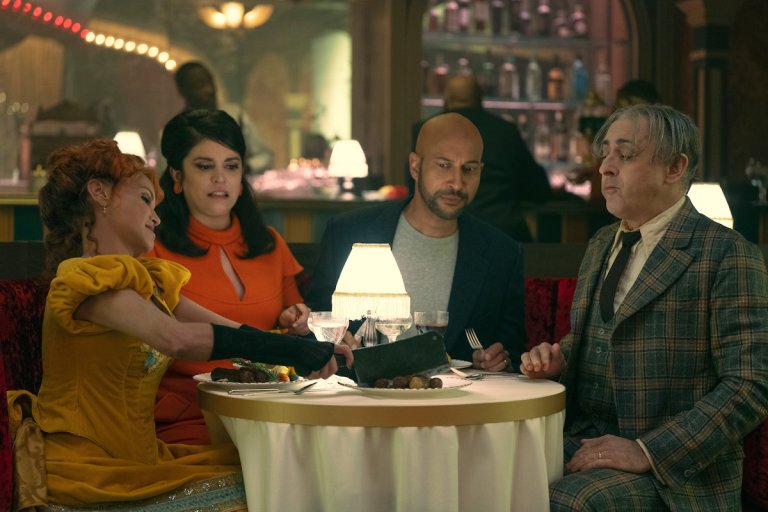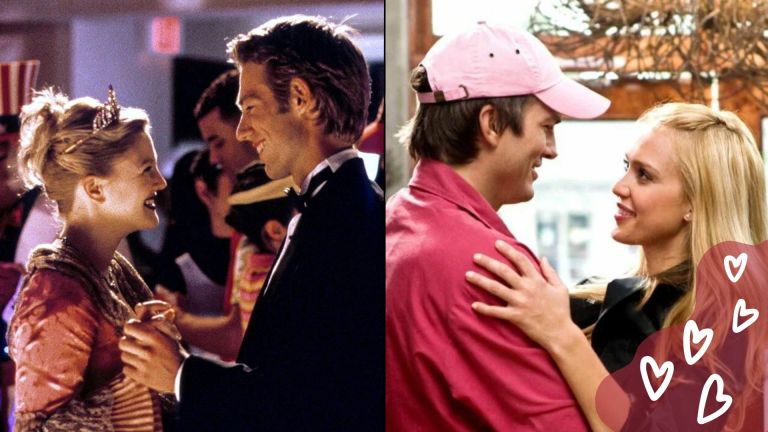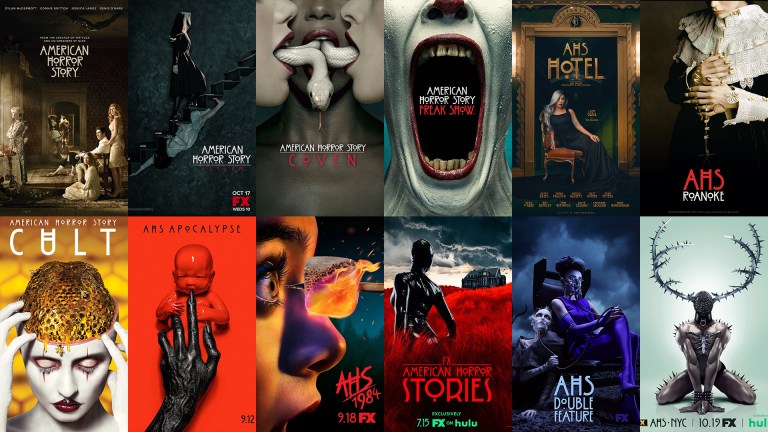Is Hipster Racism Real?
The problem arises when a show is marketed as universal, and the protagonist actually utters the phrase “voice of a generation,” even if it is meant to be comical and absurd.

The Los Angeles Times, paragon of journalistic integrity (not to mention hard-hitting reporting on the latest box office figures for The Hunger Games), recently published an article on the subject of ‘hipster racism.’ Until I read the piece, I was completely ignorant of the idea that 1) people are still casually using the word ‘hipster’ in public in the year 2012 and 2) racism exists. You can imagine how flabbergasted I was when I clicked on the link. I half-expected the byline ‘by Isaac Asimov’ to be on the article, since I thought it was some kind of surreal science fiction.
When I ruminate on hipster racism, I can’t help but picture girls in vintage dresses pushing little old ladies down stairs or arguing over who uses the most ‘authentic’ ethnic slurs. The phrase is really just an easy way to encapsulate the controversy surrounding the Lena Dunham sitcom, Girls, which is the predominant topic of the article. Half-hour sitcoms have a long tradition of exposing cultural issues, from the exploration of prejudice on All in the Family to the obvious sexism inherent in 1960s NBC series, My Mother, the Car. Comparing a mode of conveyance to a matriarchal figure was just ripe for a scathing critique in The New York Review of Books! I mean, I could have written a doctoral thesis on the communist subtext of Green Acres, but that’s surely been mined by greater thinkers than I.
The criticism of Girls has been well-documented. There are no African-Americans in Lena Dunham’s universe. For many, this is a damnable offense. Obviously, people of all colors and persuasions live in Brooklyn. Some of them are even fashionable. The question posed to the writers of Girls is then “why are none of these people on the show?” As an ethnic minority myself, I am supposed to wonder which character I am to identify with.
The Twitter response of Lesley Arfin, a writer on the Girls staff, was potent. “What really bothered me most about [the movie] Precious was that there was no representation of ME.” In a more measured world that exists outside of a 140 character limit, Lesley would have been able to fully articulate her point that art has historically been about personal expression. Obviously, no one was asking Bret Easton Ellis to put a bunch of minorities in Less Than Zero, since it was about privileged white kids in Los Angeles. Demanding that would be akin to asking Ellis to change the entire reason for his work existing.
The problem arises when a show is marketed as universal, and the protagonist actually utters the phrase “voice of a generation,” even if it is meant to be comical and absurd. If a television program is called Girls (not Rich, White Girls) and is lauded by the critical masses as an important document of modern femininity, the producers of the show are trapped having to answer for the lack of actual universality, whether that is fair or not.
The experience of being a ‘hipster,’ however you want to define that subculture, is not universal. Most people don’t live in Brooklyn, Echo Park, San Francisco or Austin. Most people don’t ride their bikes everywhere. Most people don’t read Tao Lin books. In fact, most people don’t even read books not written by JK Rowling, Stephenie Meyer or Suzanne Collins. Specificity is what makes a subculture a subculture. Girls never had a chance to be for everyone because the ‘hipster’ lifestyle was not meant for everyone. It just happens to be sold to everyone.
Subcultures are supposed to stand apart from the mass consciousness, at least until they are commodified by corporate entities. Girls is a show made for and about people in their 20s living urban lives who are free to fret about trivial problems. It’s not so different from Seinfeld, Friends, How I Met Your Mother or other popular sitcoms because it revolves around neurotic people who live relatively comfortable lives. If stories about relative privilege were racist, Whit Stillman and Woody Allen would be damned to hell for eternity. Unfortunately, consumer culture tries to say this is normal because that’s how everything we buy has to be marketed. “You need this product in your life because everyone else has it too!” People started wearing old man sweaters and fake glasses because it was, in part, a reaction to the Abercromie-ification of youth culture in the early to mid-2000s. Now, that aesthetic has permeated the zeitgeist, and Lebron James wears giant, black frames and bow ties to press conferences.
In the age of the internet, nothing is normal anymore. There is no true mass culture because the online experience gives us the ability to find the exact subculture we’re looking for without having to do more than type the word ‘dubstep’ into a search box. This is the real source of the comedy in Lena Dunham’s character’s “voice of a generation” line. There can never be a person to speak for all of our anxieties and foibles. I can be a 27 year-old mixed race Jewish person from Los Angeles who listens to Beach House and loves Star Trek and I can find someone with those exact details to date if I search hard enough. They’re probably an insufferable narcissist who loves the sound of their own voice, but that’s not my point.
The truly racially problematic element of this whole discussion is media outlets trying to define what is normal. As I said, Girls is not for everyone. It’s a TV show, and if Lena Dunham doesn’t have an overwhelming need to put minorities in her work, that does not brand her a racist. It is a series that comes from a unique perspective, and lives in a fragmented cultural zeitgeist. The true sign of racial maturity and tolerance is learning to enjoy art that is not about you, that you don’t naturally identify with. That’s the only way a person can experience the depth and breadth of experience. The only thing universal left in our culture is that we are all human beings. Let’s try to acknowledge that more. ![]()




